What is the tolerance range of precision screws?
What is the tolerance range of precision screws?
Service Hotline
+86760-8787 8587We have more than ten years of production experience in the screw industry. The main products are: wave elastic spring washer, screw combination, flat head full hexagon Lamere rivet nut, stainless steel plug screw, embedded part flower mother, national standard black screw, four corners Welding nuts, GB30 galvanized screws, 12.9 grade screws, racket screws, 304 locking nuts, can be equipped with nut washers, 1189 flange bolts, locking furniture nuts, sets of 304 stainless steel nuts and other fasteners, due to the product material Different specifications and different prices, please contact us if necessary.


As a standard part, it should have its own general specifications. For hexagonal nuts, the commonly used standards are: GB52, GB6170, GB6172 and DIN934. The main differences between them are: GB6170 is thicker than GB52, GB6172 and DIN934. Thick from DIN934, commonly known as thick nut. The other is the difference between the opposite sides, the opposite sides of DIN934, GB6170 and GB6172 in the M8 nut series are 13MM smaller than the opposite side 14MM of GB52, and the opposite sides of M10 nuts, DIN934 and GB52 are 17MM. The opposite side of GB6170 and GB6172 should be 1MM larger, M12 nut, DIN934, GB52's opposite side is 19MM larger than GB6170 and GB6172's opposite side 18MM is 1MM larger. For M14 nuts, the opposite side of DIN934 and GB52 is 22MM, which is 1MM larger than the opposite side of GB6170 and GB6172, which is 21MM. The other is the M22 nut. The opposite side of DIN934 and GB52 is 32MM, which is 2MM smaller than the opposite side of GB6170 and GB6172, which is 34MM. (Besides the thickness of GB6170 and GB6172 are the same, the width of the opposite side is exactly the same) The rest of the specifications can be used in general without considering the thickness.
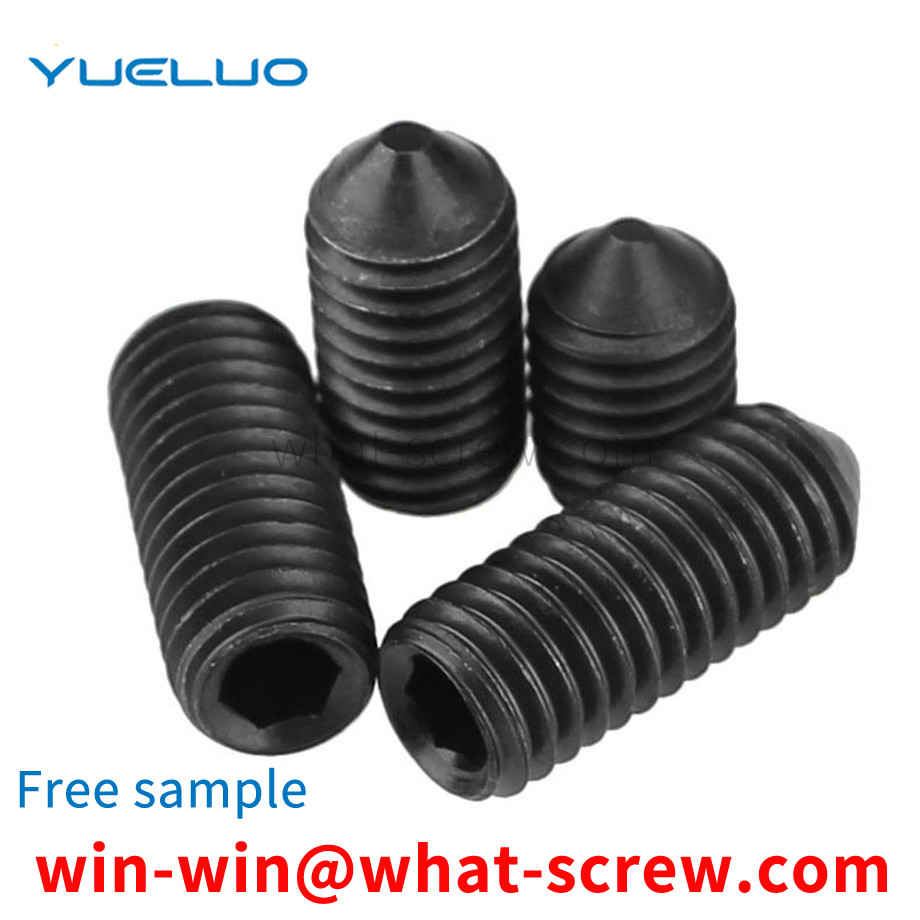
The lifting ring nut refers to the part that the nut and the bolt or the screw are screwed together for fastening, and it is an original part that all production machinery must use. The lifting ring nut is a commonly used fixing pendant in engineering. There is a thread under the nut, which can be drilled according to its different specifications and fixed by the screw.
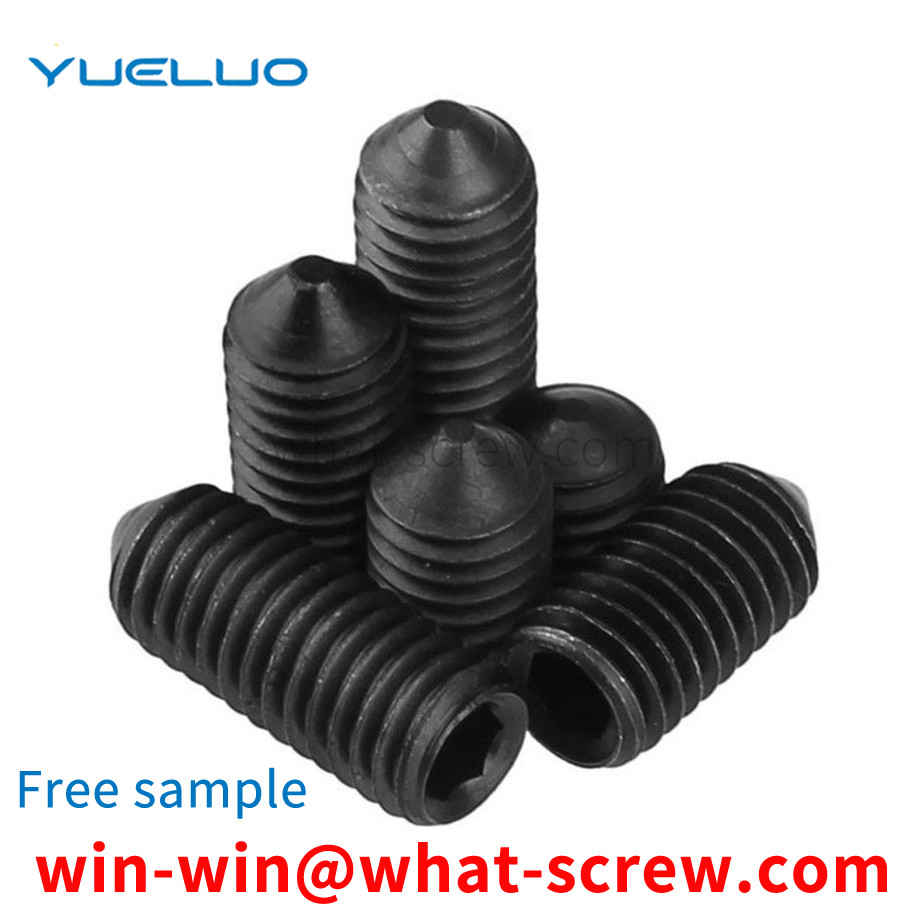
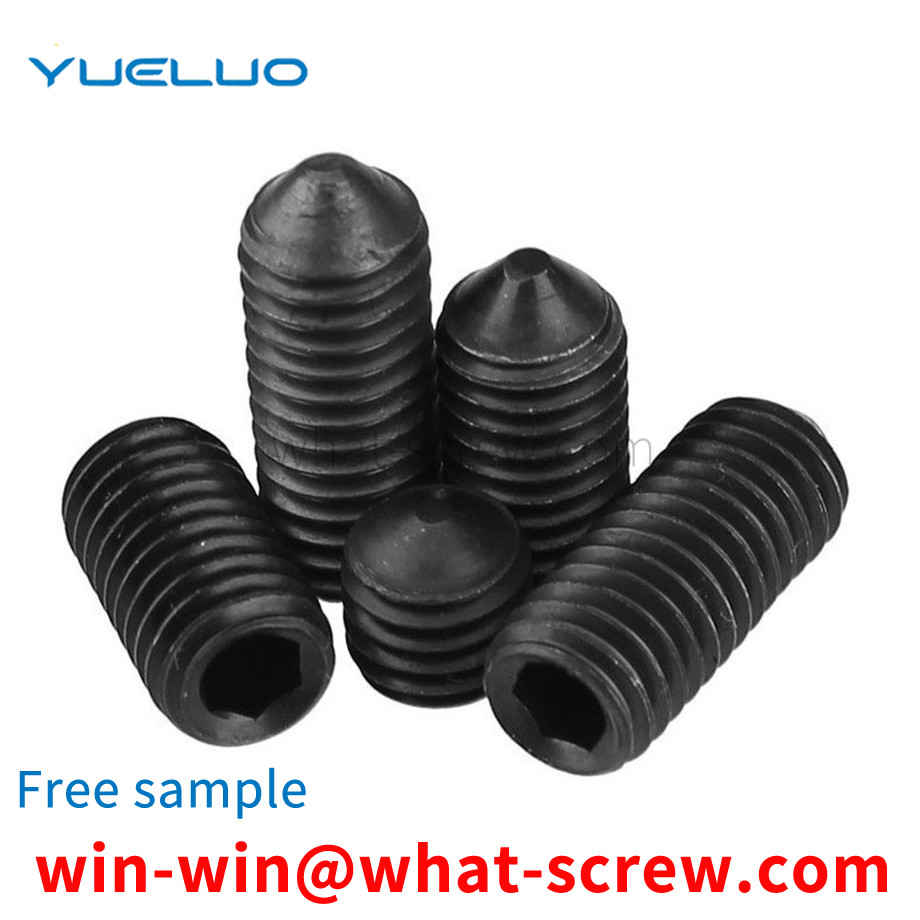
In addition, the angle aluminum connection structure itself has structural defects of poor torsional and shear resistance, and many projects use larger insulating glass to meet the requirements of architects, resulting in a larger self-weight. In the event of a natural disaster such as an earthquake that will cause the curtain wall to shake violently, the bolts on the angle aluminum are prone to breakage, and the seismic performance is not good. Especially for the beam with the open structure, since the angle aluminum is installed in the opening cavity of the beam, the inertia moment of the beam is small, and the torsion resistance and shear resistance performance of the force are worse.
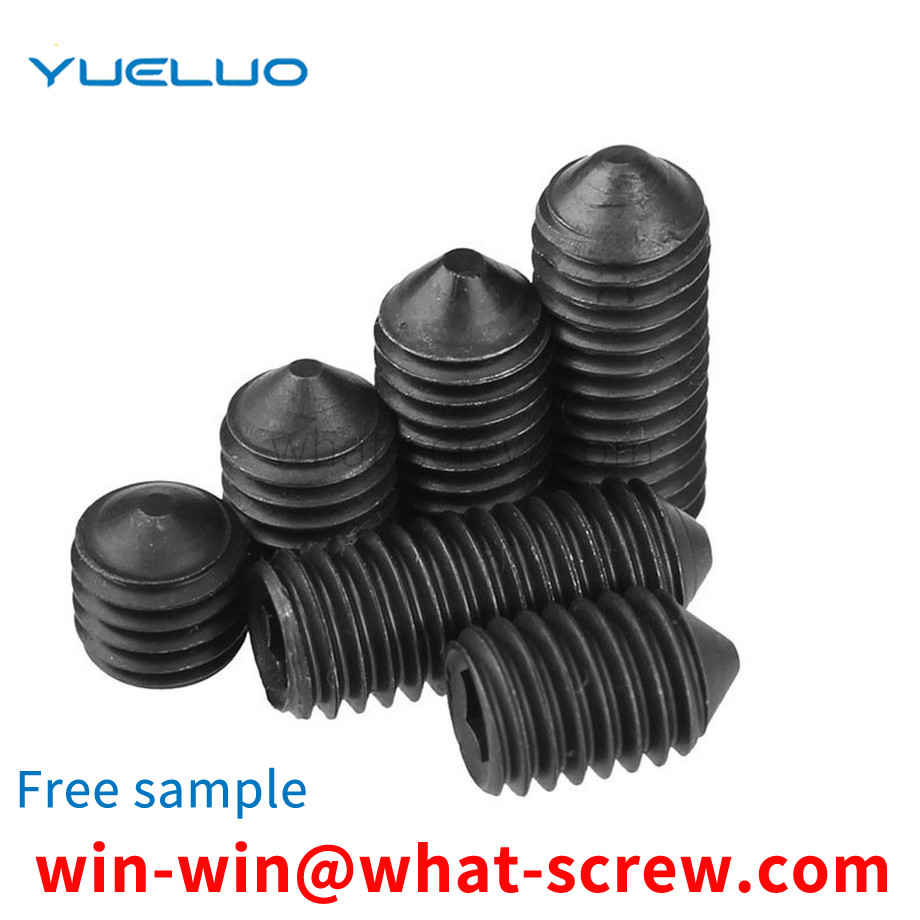
The process of removing iron oxide plate from cold heading steel wire rod is stripping and dephosphorization. There are two methods: mechanical dephosphorization and chemical pickling. Replacing the chemical pickling process of wire rod with mechanical phosphorus removal not only improves productivity, but also reduces environmental pollution. This phosphorus removal process includes bending method (the round wheel with triangular grooves is commonly used to repeatedly bend the wire rod), spray nine method, etc. The phosphorus removal effect is good, but the residual iron and phosphorus cannot be removed (the removal rate of iron oxide scale is 97%) ), especially when the iron oxide scale is very sticky, therefore, mechanical phosphorus removal is affected by iron scale thickness, structure and stress state. Carbon steel wire rods used for low strength fasteners (less than or equal to 6.8) High-strength bolts (greater than or equal to grade 8.8) use wire rods to remove all iron oxide scales after mechanical dephosphorization, and then go through a chemical pickling process for compound dephosphorization. For low carbon steel wire rods, the iron sheets left by mechanical dephosphorization are likely to cause uneven wear of grain draft. When the grain draft hole adheres to the iron sheet when the wire rod rubs against the external temperature, the surface of the wire rod produces longitudinal grain marks. More than 95% are caused by scratches on the surface of the steel wire during the drawing process. Therefore, the mechanical phosphorus removal method is not suitable for high-speed drawing.
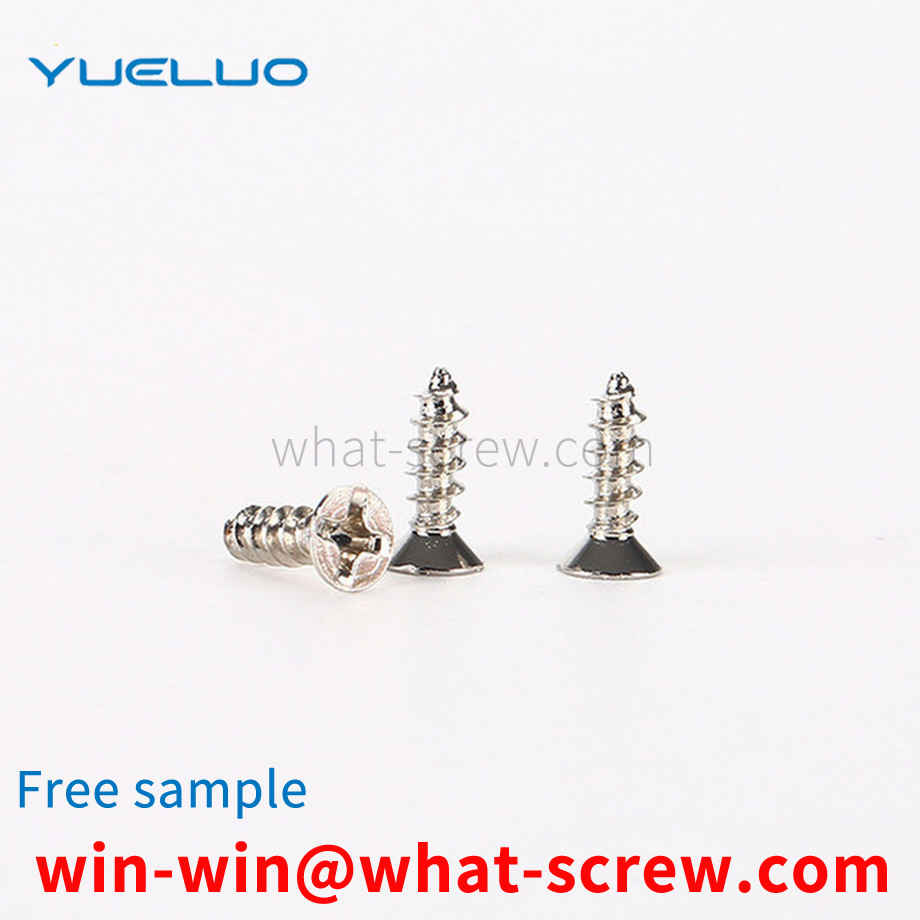
The above content is uploaded by Yueluo or the Internet. If there is any copyright issue, please contact [email protected].

What is the tolerance range of precision screws?

How to choose the right stainless steel screw manufacturer?

Why is there an R angle under the head of the hexagon head s...
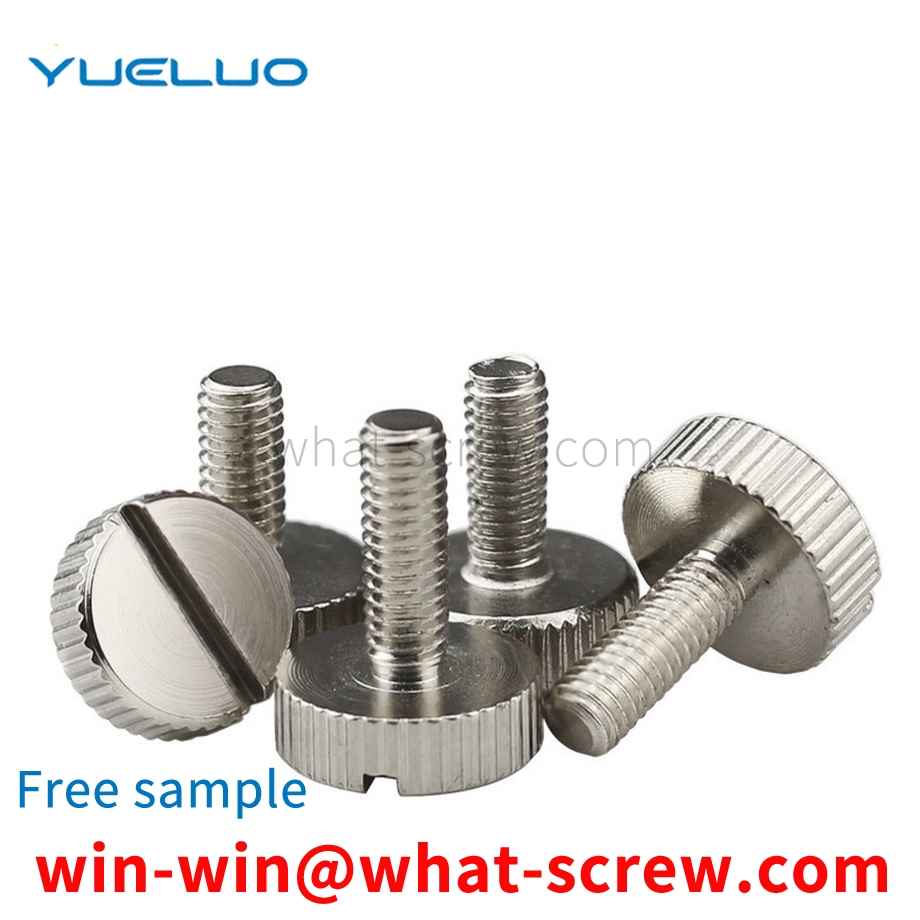
We have more than ten years of production experience in the ...

We have more than ten years of production experience in the ...
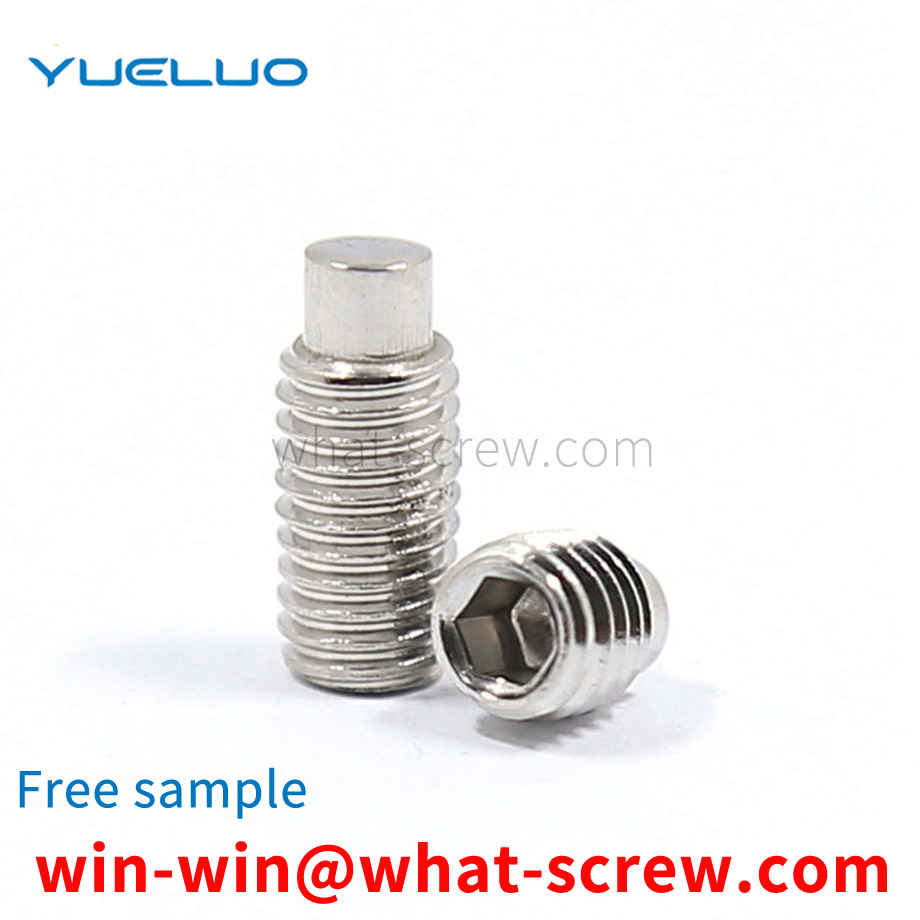
We have more than ten years of production experience in the ...
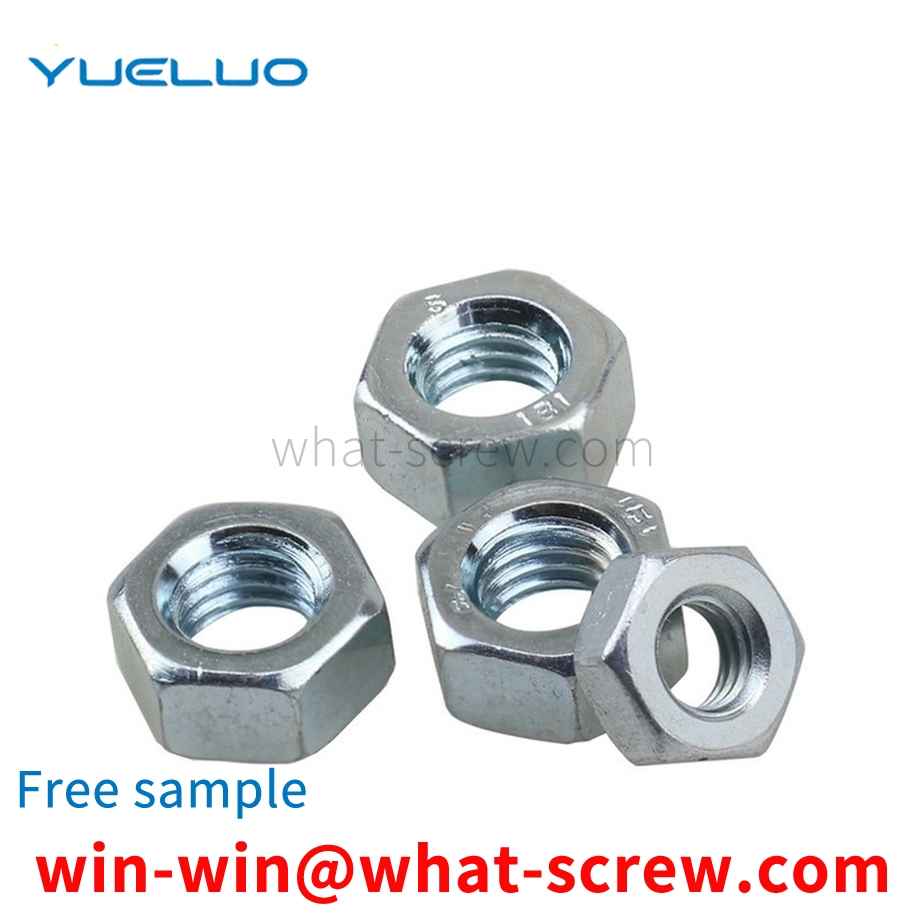
We have more than ten years of production experience in the ...